
Samurai III: Duel at Ganryu Island (Japanese: Hepburn: Miyamoto Musashi Kanketsuhen: Ketto Ganryūjima) is a 1956 Japanese film directed by Hiroshi Inagaki and starring Toshiro Mifune. Filmed in Eastmancolor, it serves as the concluding chapter of Inagaki's Samurai Trilogy.
The film is adapted from Eiji Yoshikawa’s novel Musashi, which was originally serialized in the Japanese newspaper Asahi Shimbun from 1935 to 1939. The novel is loosely based on the life of the legendary swordsman Miyamoto Musashi. The trilogy’s earlier installments are Samurai I: Musashi Miyamoto (1954) and Samurai II: Duel at Ichijoji Temple (1955).
In Samurai III, Miyamoto Musashi abandons his wandering lifestyle. The Shogun, Japan's de facto ruler, seeks to recruit him as a teacher and vassal, but Musashi declines, choosing instead to live in a village and farm vegetables. Meanwhile, Sasaki Kojiro, a highly skilled and confident swordsman, challenges Musashi to a duel. Musashi accepts, but delays the fight for a year, preferring to live a quiet life. During this time, he is pursued by Otsu, who loves him, and later by Akemi, who also harbors feelings for him. The year concludes with Musashi helping the villagers defend themselves against bandits.
In Edo, Sasaki slays several men in a street fight, drawing Musashi’s attention. After finding a note from Sasaki claiming responsibility, Musashi and Sasaki agree to duel on Ganryu Island. When the time comes, Musashi kills Sasaki in the duel but is left saddened, recognizing Sasaki as the greatest swordsman he ever faced and mourning his death in silence.
See also
-
Tatara Samurai
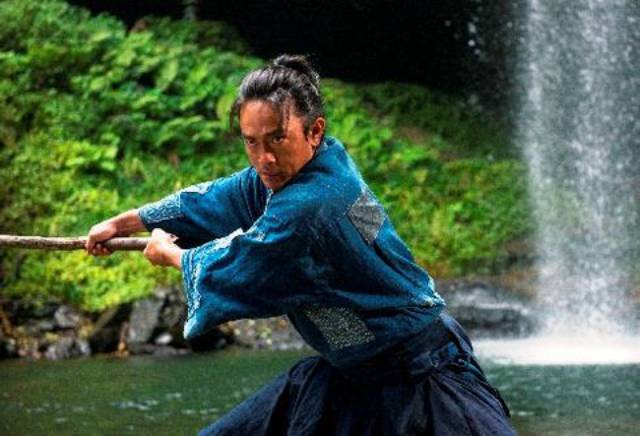
One day, bandits raid the quiet Tatara village, renowned for its steelworks and sword craftsmanship. Despite the arrival of samurai to protect the villagers, young Gosuke's mother is tragically killed while fleeing with him.
-
Samurai Fiction
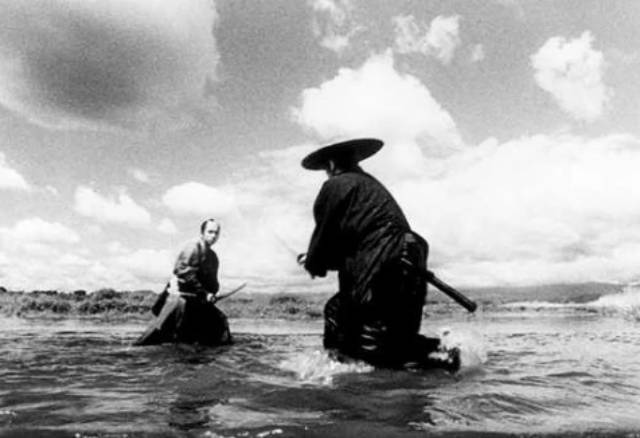
Samurai Fiction is a 1998 samurai-comedy film directed by Hiroyuki Nakano. The movie stands out for being filmed almost entirely in black-and-white, paying homage to classic jidaigeki samurai films. However, what sets it apart from its inspirations, including the works of Akira Kurosawa, is its modern twist, notably Tomoyasu Hotei's rock-and-roll soundtrack. A loose spinoff, Red Shadow, was released in 2001.
-
Rurouni Kenshin
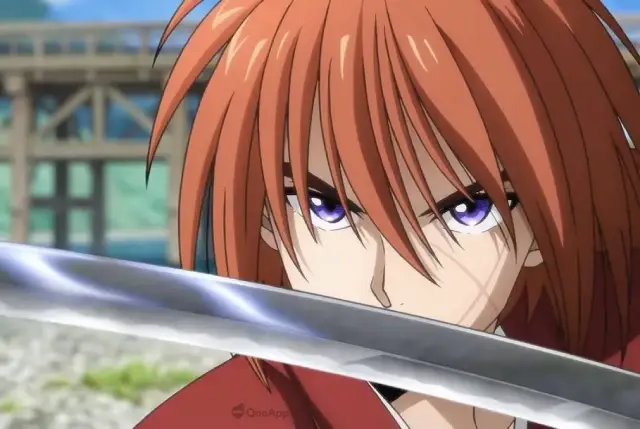
Rurouni Kenshin: Meiji Swordsman Romantic Story (Japanese: Hepburn: Rurōni Kenshin -Meiji Kenkaku Roman Tan-) is a Japanese manga series created by Nobuhiro Watsuki. Set in 1878, during the 11th year of the Meiji era in Japan, the story follows a former assassin known as Hitokiri Battosai. After his role in the turbulent Bakumatsu period, he adopts the identity of Himura Kenshin, a wandering swordsman who vows never to kill again. He dedicates his life to protecting the people of Japan. Watsuki crafted this series with the intent to create a unique shōnen manga, distinguishing it with a protagonist who is a former assassin and a narrative that becomes increasingly serious as it progresses.
-
Samurai Spy
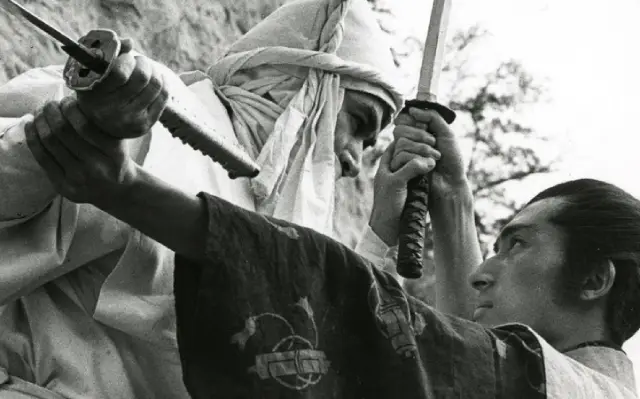
Samurai Spy (Ibun Sarutobi Sasuke), also known as Spy Hunter, is a 1965 film directed by Masahiro Shinoda, adapted from a novel by Koji Nakada. The film follows the legendary ninja Sasuke Sarutobi as he hunts the elusive spy Nojiri, while a shadowy figure named Sakon leads a group of men with their own designs on Nojiri. As the pursuit unfolds, the lines between allies and enemies blur, leaving everyone unsure of each other's true allegiance. Created during the height of the Cold War, the movie reflects the complexities and shifting loyalties of spies caught in the power struggles of their era.
-
Samurai Marathon
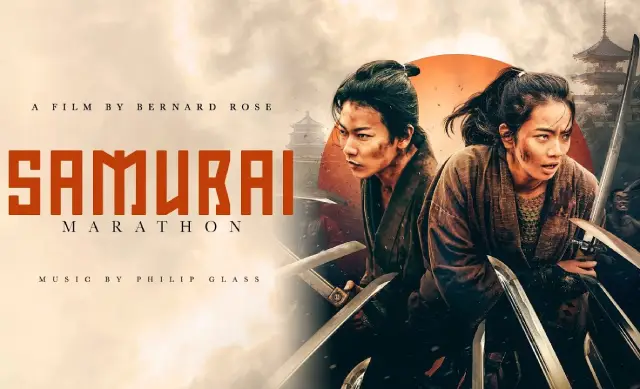
The producing team behind Takashi Miike's "13 Assassins," Jeremy Thomas and Toshiaki Nakazawa, reunite for another visually striking and action-packed samurai film. Based on a novel by Akihiro Dobashi, this film may not reach the same heights of relentless carnage or critical acclaim as its predecessor, but it still offers an exciting and occasionally humorous addition to the samurai genre, likely to resonate with festival audiences. This story of a literal running battle between rival samurai factions could see moderate success in theaters, though it may require more marketing effort without the ultra-violent appeal that made "13 Assassins" memorable.
-
Samurai II: Duel at Ichijoji Temple (1955)
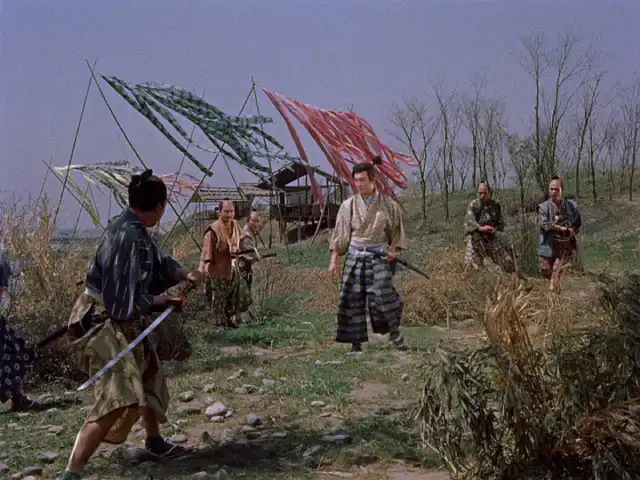
Duel at Ichijoji Temple (Hepburn: Zoku Miyamoto Musashi: Ichijōji no Kettō) is a 1955 Japanese film directed by Hiroshi Inagaki and starring Toshiro Mifune. Filmed in Eastmancolor, it is the second installment in Inagaki's Samurai Trilogy.
-
The Samurai I Loved (Semishigure)
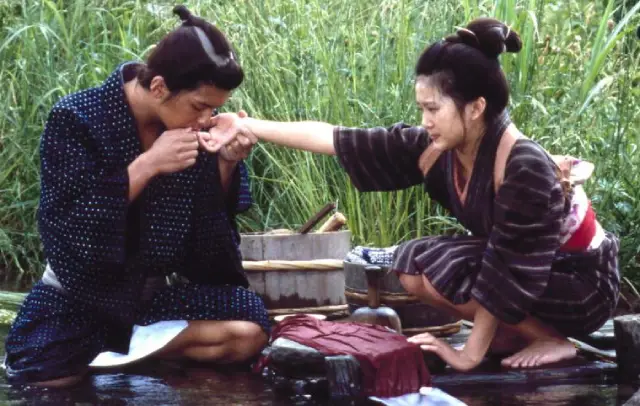
The costumes, settings, and script of The Samurai I Loved immediately transport samurai film enthusiasts back to the golden era of classic black-and-white samurai masterpieces.
-
Samurai Wolf (Kiba Okaminosuke)
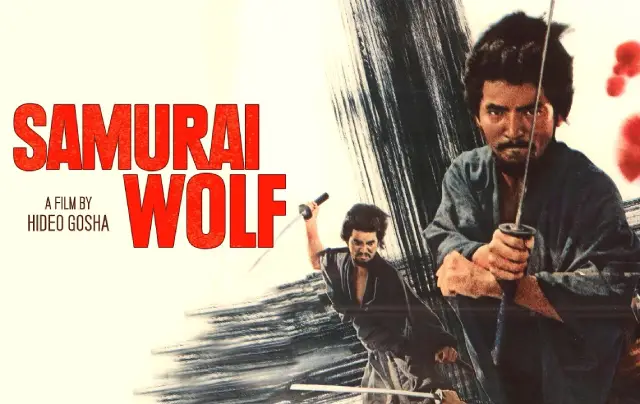
Hideo Gosha’s Samurai Wolf (Kiba Okaminosuke) is a gritty, hard-edged, and bloody reimagining of the traditional chambara film—a genre of action-oriented, historical sword-fighting movies that enjoyed widespread popularity in Japan throughout the 1950s but had begun to decline by the mid-1960s. Gosha had already established his reputation in this genre with films such as his debut feature, Three Outlaw Samurai (Sanbiki no samurai, 1964), a prequel to a popular television series, and Sword of the Beast (Kedamono no ken, 1965). These works established Gosha as a renegade artist unafraid to break conventions, a reputation that Samurai Wolf only cemented.

